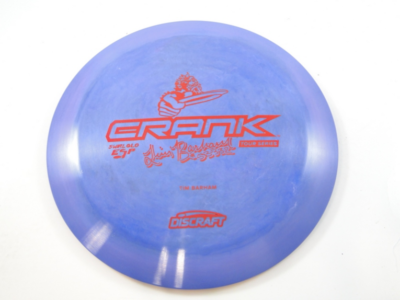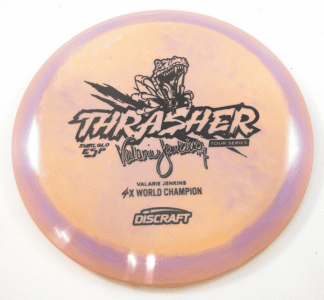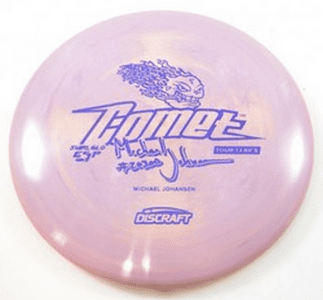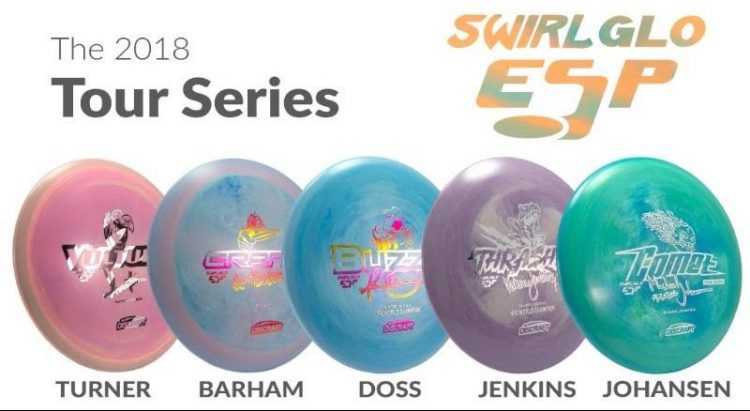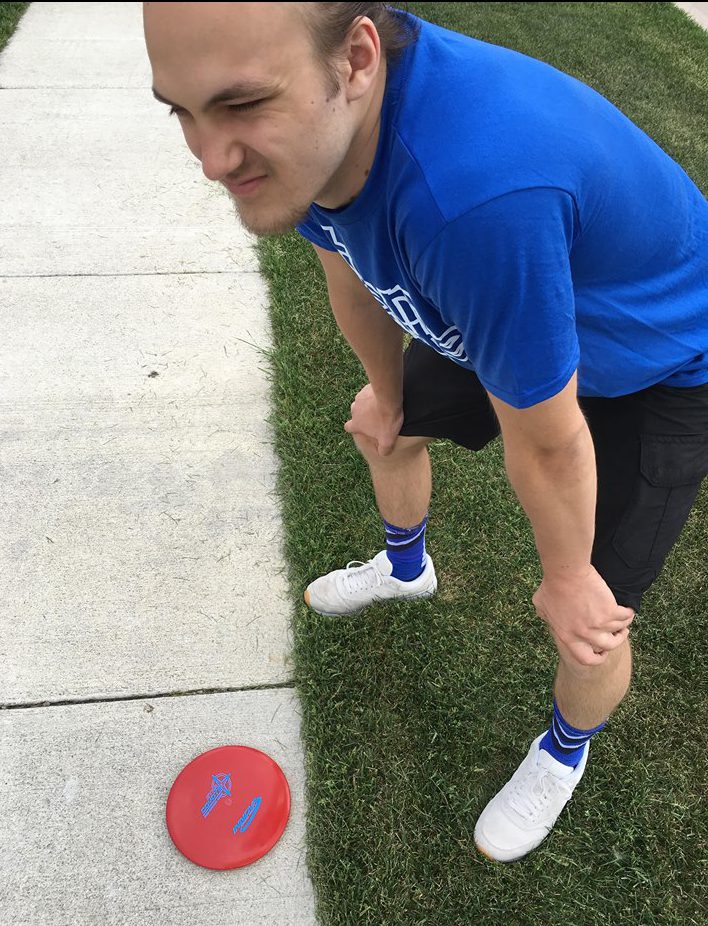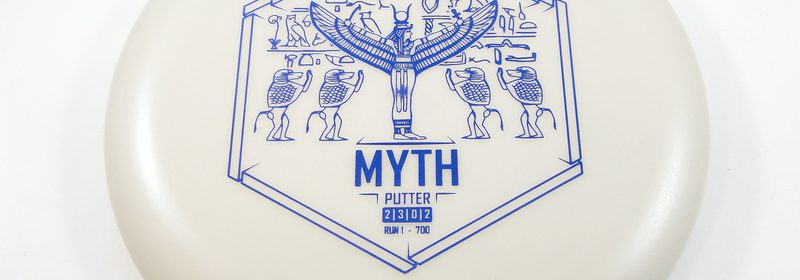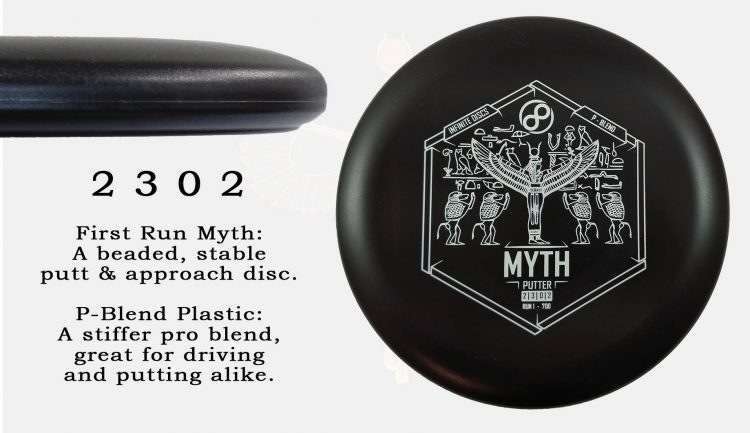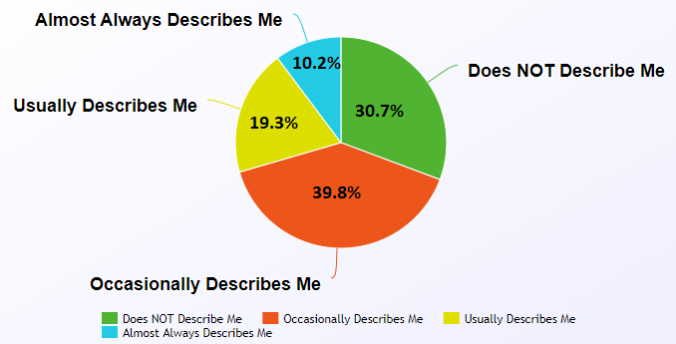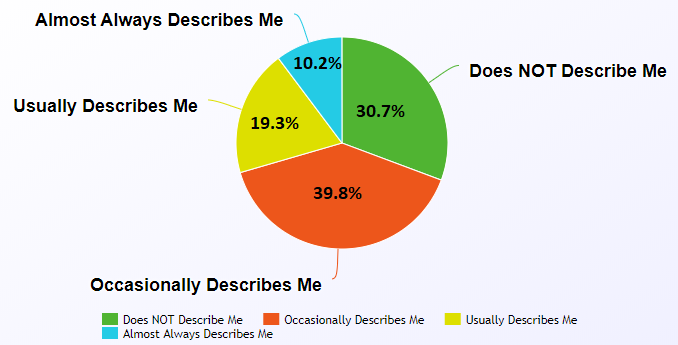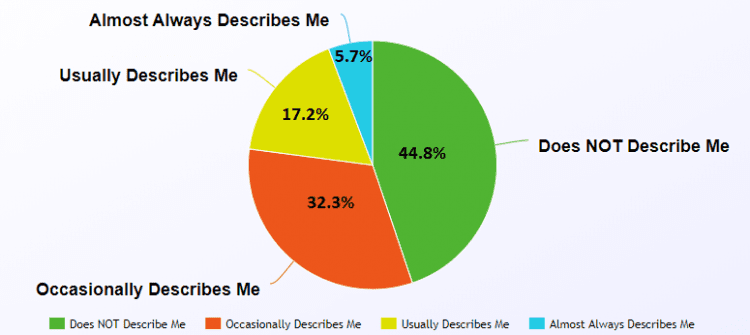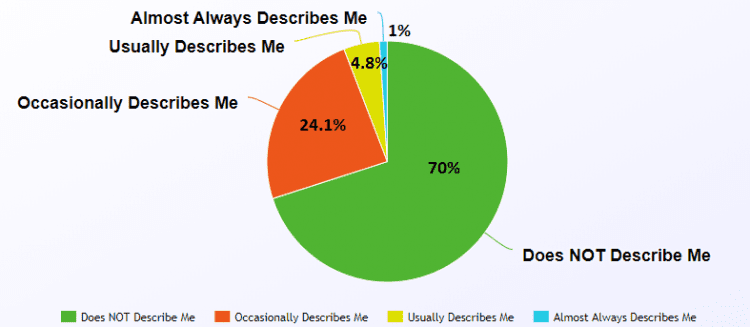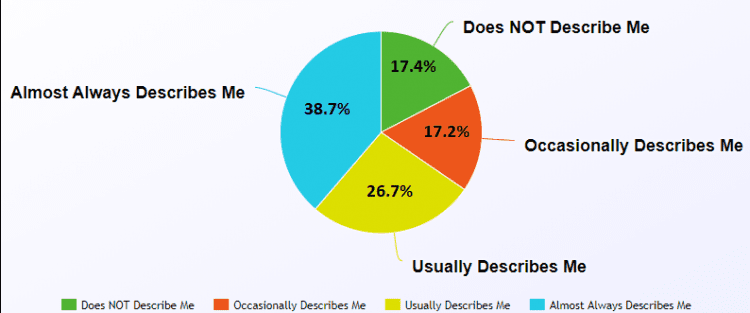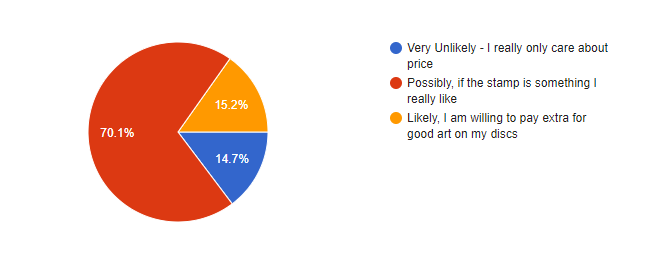The 2018 Glass Blown Open is in the books! This annual event is considered one of the most inviting for disc golf fans and amateur players in the world. The host city, Emporia, Kansas, has a population of just over 20,000 and is considered by many the “Disc Golf Mecca.” So with another successful GBO coming to a close on Saturday, it seems like an appropriate time to discuss our participation in disc golf tournaments and the potential economic impact of that participation.
In our State of Disc Golf Survey at the beginning of the year, we asked disc golfers if they played in any disc golf tournaments in 2017. Just shy of 3/4 of us did compete in a tournament with 72.59% of survey takers answering in the affirmative. Of these disc golfers who played in a tournament, we asked how many PDGA sanctioned tournaments they played in as well as how many non-PDGA sanctioned tournaments. Here were the results:
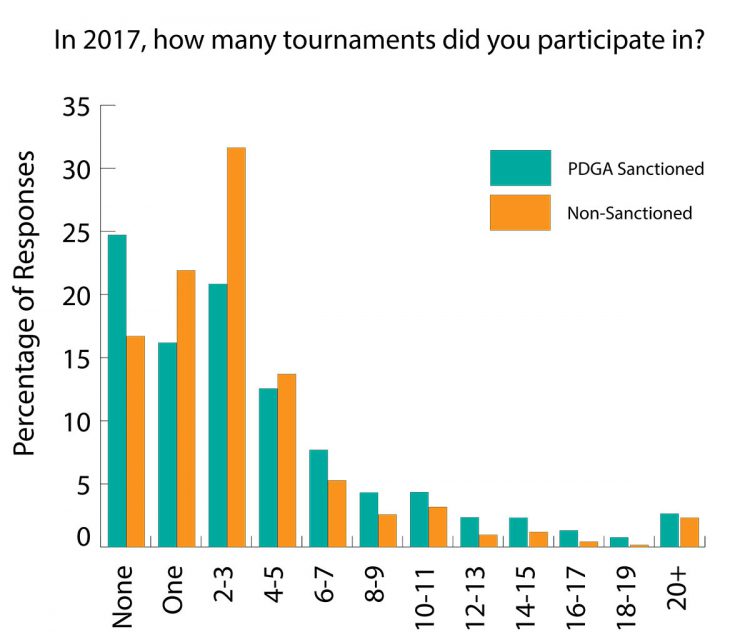
What do these numbers tell us? It looks like the majority of us who play in tournaments still keep it casual, only playing in a handful of tournaments. We can see that more than half of us played in 3 PDGA and non PDGA sanctioned tournaments or less this year. I’d say I am a bit surprised by how low that number is, and I am also surprised that there isn’t a larger difference in these percentages. I would have imagined there would have been significantly more participation in PDGA events, but the spread is pretty even for both.
Now for some questions that lead to great info for those of us who are trying to grow the sport by getting our local parks and city officials to support disc golf. This info could also be useful when trying to seek out sponsors for your local events–How far are we willing to travel for disc golf, and how much money do we spend when we do travel?
Again, here I think the numbers should do most of the talking, so here are our responses to those questions:

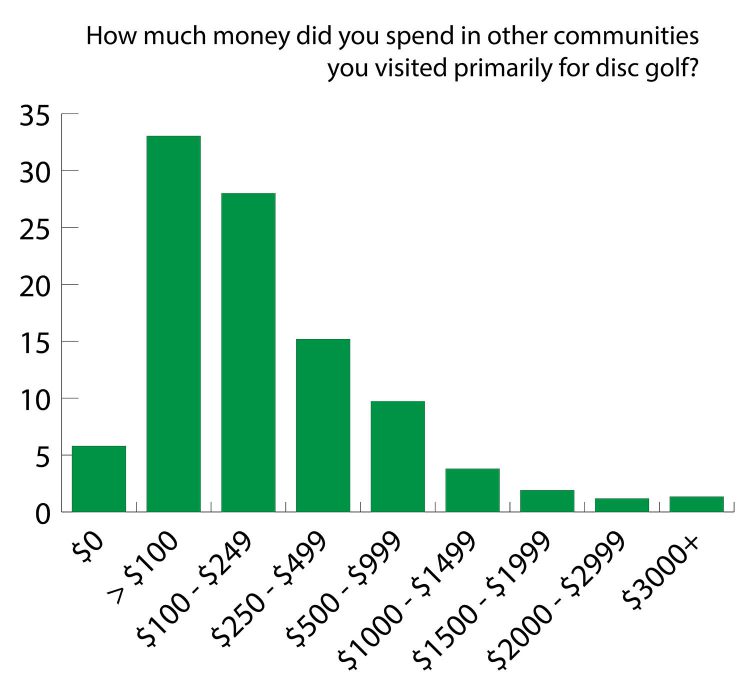
As someone who has been involved in running tournaments and installing new disc golf courses, the statistical tidbit that I think I will use in future meetings is over a quarter of competitive disc golfers are willing to travel anywhere for a disc golf tournament. “If you build it, they will come,” right? If the courses are good enough and the payout high enough, the disc golfers will come and they will bring their wallets with them. Now city officials may not be ecstatic by the size of those wallets based on the results of the second question, but still, communities know that community events bring in money. If you get the chance, ask business owners in the small town of Emporia, Kansas what they think about disc golf tournaments. And if you don’t get a chance, take notice of all the “Welcome Disc Golfers” signs your friends who went to GBO posted on their social media accounts.
Getting back to our involvement in disc golf, my final takeaway is something that I think is pretty unique to disc golf. And that is disc golf fans are also disc golf competitors. Yes, there are community leagues for basketball and soccer that fans of those sports participate in, but do all fans of those sports also compete? In my last article, I reported that 77.4% of survey takers follow professional disc golfers. If we assume that the 72.59% of disc golfers who played in a tournament in 2017 also follow the pros, that would mean that less than 5% of those who follow the professionals don’t compete themselves. I’d imagine that number is much bigger for those who follow the professional game in basketball, soccer, or most other sports.

Why is that? Well, most of us learned about professional disc golf well after playing it first since pro disc golf is not in the mainstream. Also all we need to do to compete in disc golf is pay the tournament registration fee. Team sports require…well, a team of players who are willing to practice and play together. Also in most locations, disc golfers can practice and prepare to compete without spending a dime except for the money they spend on their gear. For other individual sports like ball golf or bowling, you can’t access the competition facility to practice for free. The ease of access is greater for disc golf competitors, so we see more participation in the amateur game.
Which leads to the common discussion in our sport of how much does the amateur game fuel the professional game? This year after the Las Vegas Challenge, participants were invited to provide their feedback for the event, and one of the main questions asked was if they should split the event into two weekends, one for amateur competition and one for the pros. This would allow for a larger field of competitors. You would have to contact Jeff Jaquart and the fantastic crew at the LVC for the results of that survey, but just by word of mouth I heard a lot of my fellow competitors express that they would likely not make the trip back next year if they didn’t get to see the pros compete that same weekend. But the question I have is how many fans would make the trip just to watch the pros if they weren’t competing themselves? Would the gallery be smaller for the final round of next year’s LVC? No matter the answer, I can’t help but think of the huge gallery I saw all 4 rounds of the Masters (that’s a kind of big ball golf tournament for those who don’t know :)), and it just makes me think that we still have a long way to go in disc golf.
What do you think? What are you most surprised by in these numbers? Comment and let us know!




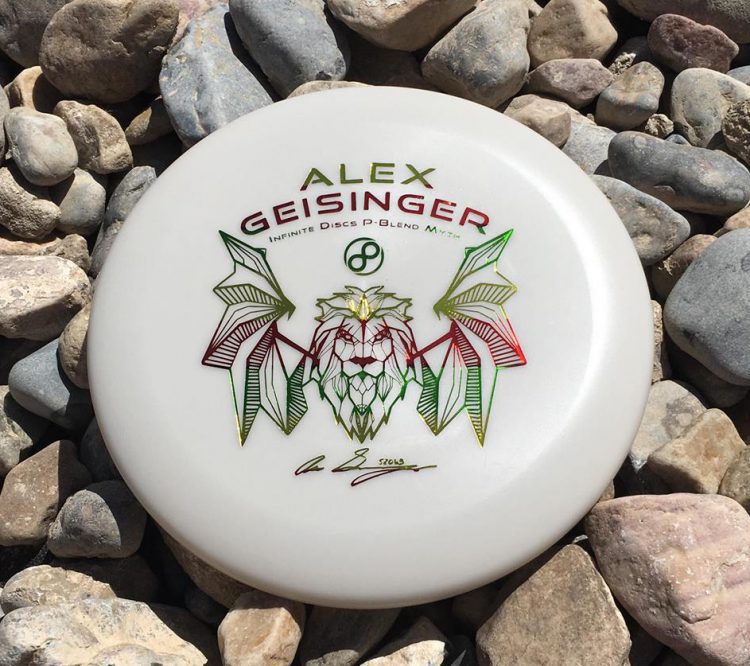


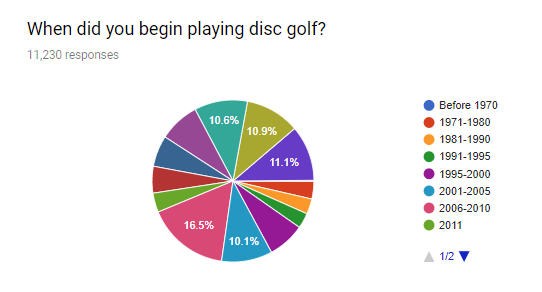 Infinite received more than 11,000 replies to the survey question ‘When did you begin playing golf?’ Nearly 75 percent named a year between 2006 and 2018, and less than 20 percent selected 2000 or earlier.
Infinite received more than 11,000 replies to the survey question ‘When did you begin playing golf?’ Nearly 75 percent named a year between 2006 and 2018, and less than 20 percent selected 2000 or earlier.


